Cabo de Gata-Níjar Parque Natural is the last semi arid zone in Europe, a spectacular volcanic landscape
By Nick Nutter | Updated 11 Apr 2023 | Almería | Parks |
Login to add to YOUR Favourites or Read Later
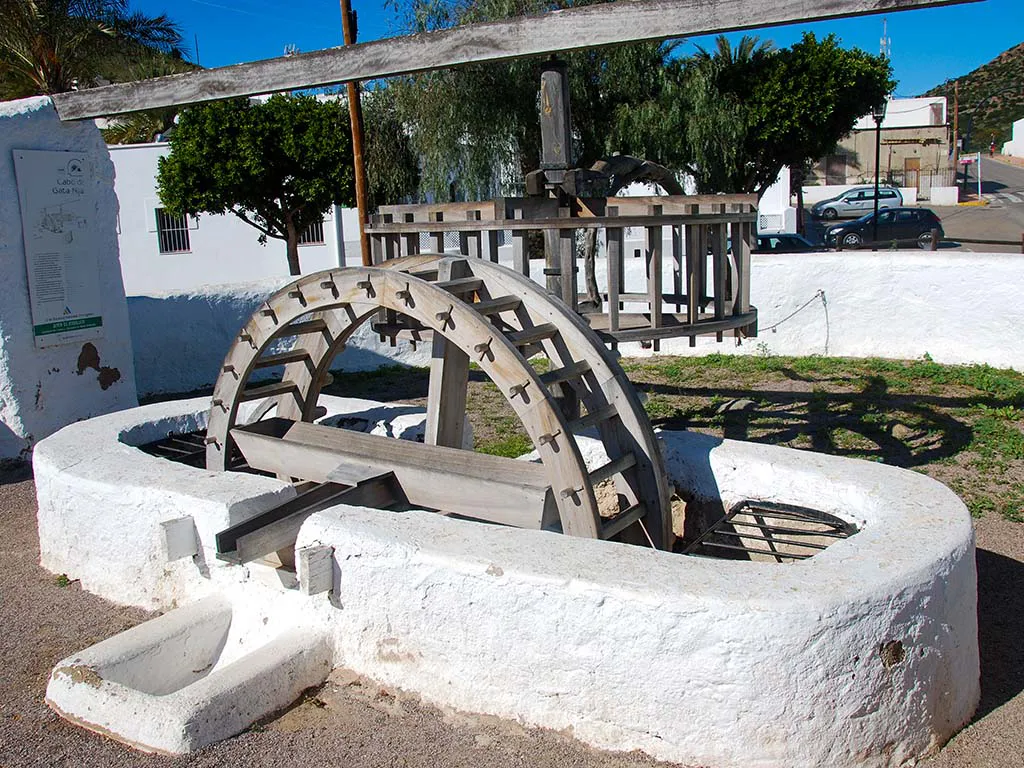
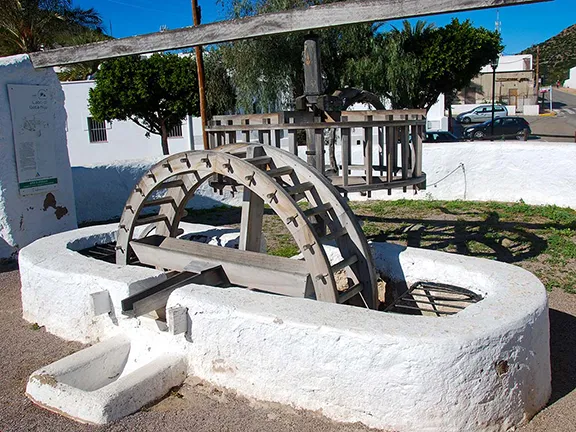
Aljibe at Cabo de Gata
With the force of 100,000 atomic bombs the earth erupted. A dark brown and grey pillar of smoke, ash and molten rock, over 200 metres wide shot into the air faster than the speed of sound to a height of over 20,000 metres. A double sonic boom would have been heard 300 kilometres away. Close to the expanding pillar, the sound was loud enough to split boulders. A solid wave of heat turned everything in its path to cinders and ash as it too travelled outwards at almost the speed of sound. The earth buckled and a series of waves rippled out from the centre as the ground absorbed the force of the explosion. As these waves met the sea only one kilometre away they caused tsunamis that reached a height of 20 metres that then sped across the Mediterranean Sea to crash onto the shores of North Africa only minutes later.
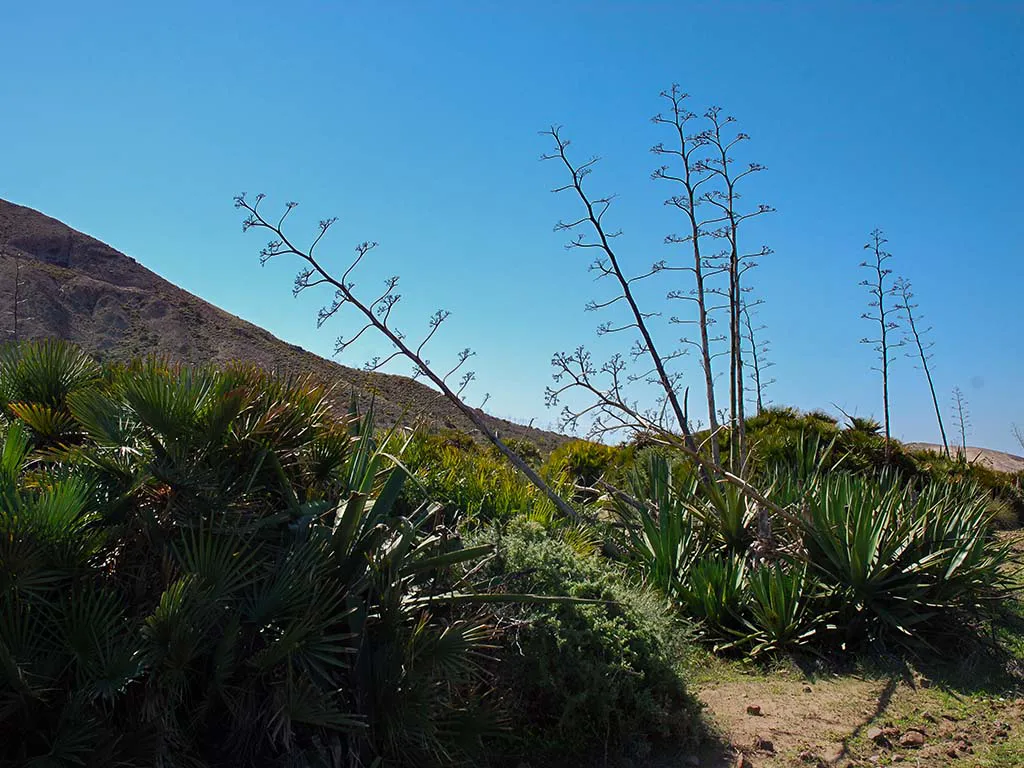
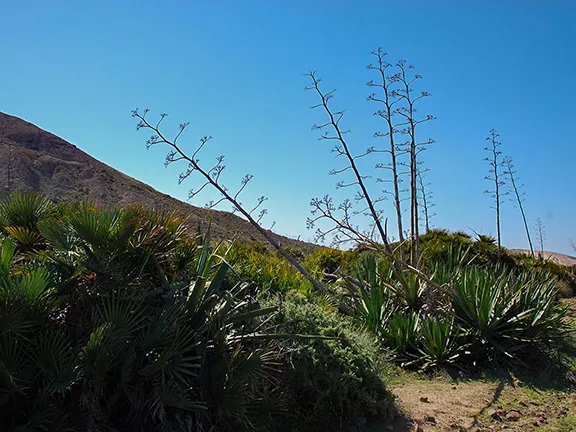
Agave in the Cabo de Gata
The pillar of smoke and ash reached its maximum altitude in the troposphere and started to spread out into a vast cauliflower shape turning the bright tropical day to night, a night punctuated by a deadly shower of now solid rock, raining down from where it had solidified out of the molten magma bombs10 kilometres above. Meanwhile, the magma chamber, up to 2 kilometres beneath the surface, was emptying its store of molten rock through the vent hole beneath the pillar in gold and red waves that washed outwards faster than a horse could run. Then, incredibly, within minutes, the whole scene was repeated only 2 kilometres away, and again 3 kilometres away, and again in a vast circle 5 kilometres in diameter creating a scene worthy of Dantes Inferno. In a matter of days, new mountains had been created hundreds of metres high all around the perimeter.
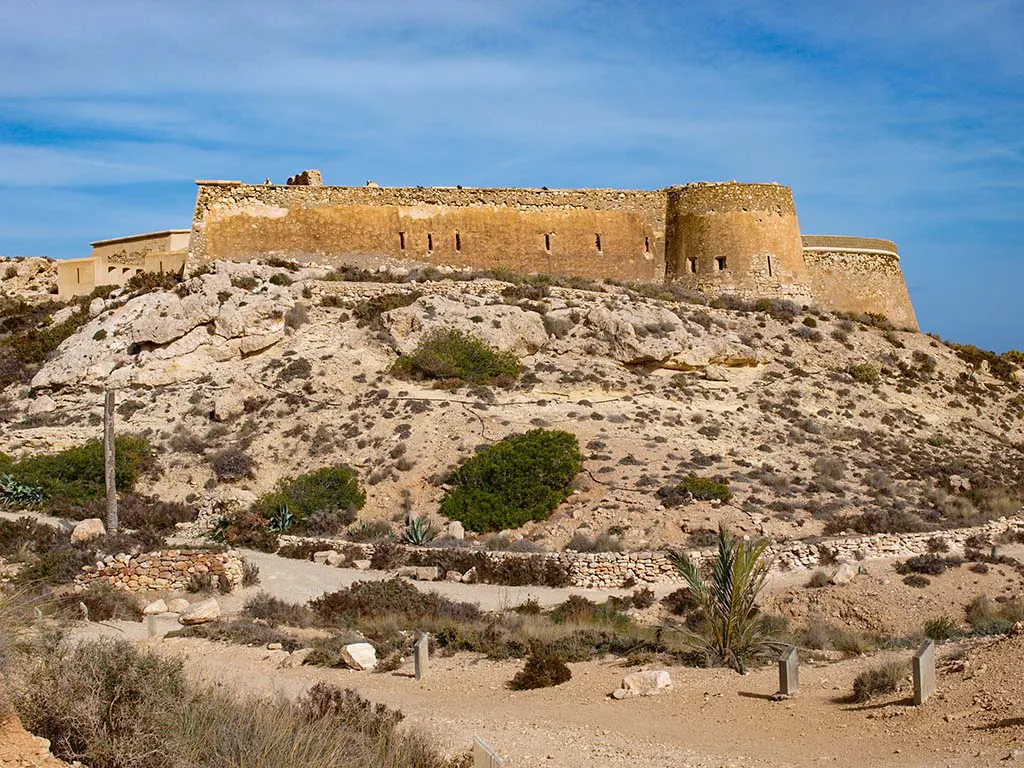
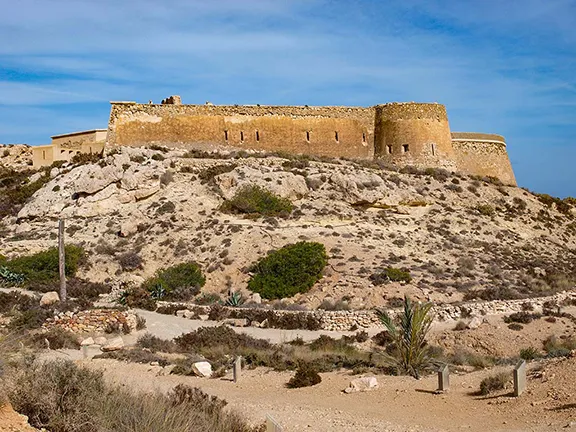
Castles and Beaches
No human ears were assaulted by the noise, nor were any human eyes there to observe the pillar of fire illuminating the ash enshrouded landscape for all this happened eight million years ago in the area now called the Cabo de Gata in the far eastern part of Andalucia. It was to prove the final event in a series of eruptions that started fifteen million years ago when the African continental plate collided with the European plate. Although two plates coming together is known as a collision this may give the wrong impression, the effect is more like a slow shunt. That same collision, over a period of a few million years, uplifted the Sierra Nevada range including mainland Spains tallest peak and, only a short time after the final eruptions eight million years ago, the Sierra de Gador and Sierra Alhamilla emerged as foothills to the Sierra Nevadas just north of the Cabo de Gata. They are still being pushed upwards at the geologically rapid rate of 2 centimetres per year thereby gaining an extra metre of height every fifty years which makes them pretty slow growers when compared to their volcanic cousins. As if it were not enough to create mountains within days, within a matter of weeks some were destroyed, as the magma chamber below, now empty, collapsed, bringing the mountain down with it. The sight must have been awesome as these peaks, the largest in the Cabo de Gata over ten kilometres long and five wide and up to 5,000 metres high, suddenly and without warning, collapsed like a demolished chimney leaving behind a rocky rim called a caldera and a central cone. There are three calderas in a corridor twenty kilometres long and five wide running from southwest to northeast.
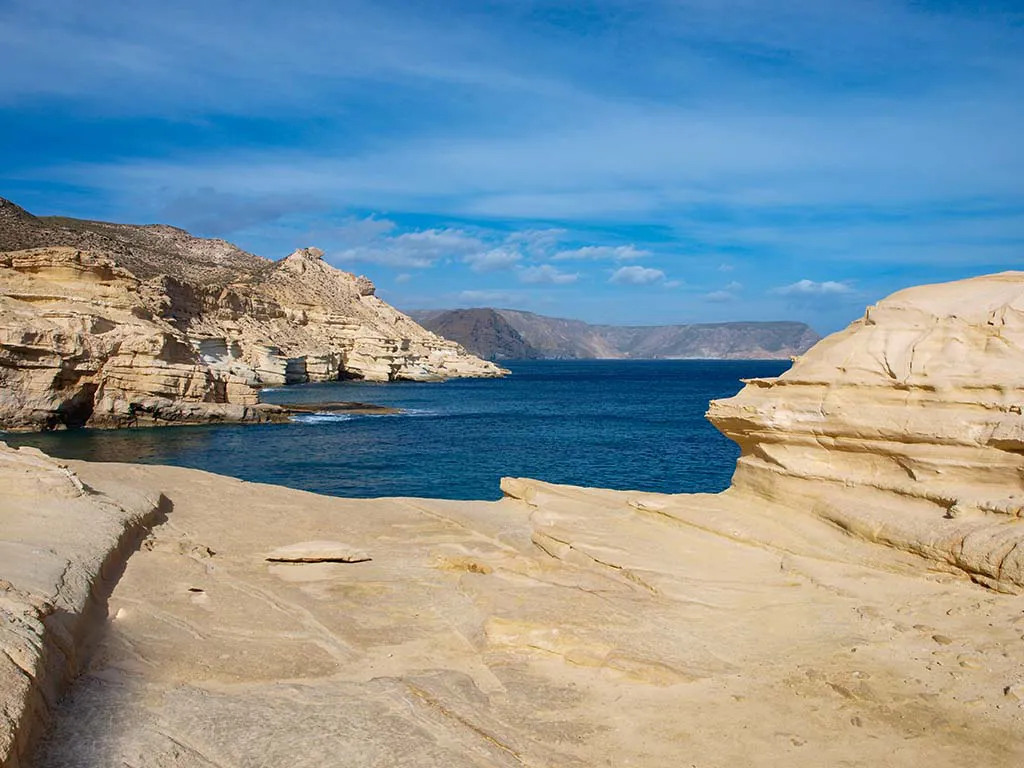
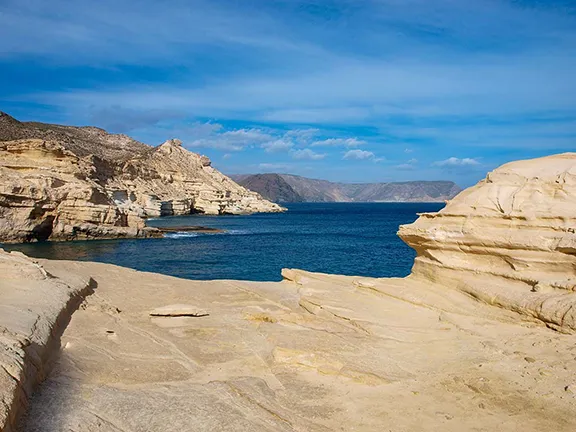
Sandstone formations
No words can really express the grandeur nor can a photograph adequately portray the scale of the landscape that has evolved. To fully appreciate these features it is necessary to actually venture into a caldera and the way to do that in the Cabo de Gata is by hiking up one of the ramblas; dry gulches that provide easy access to the arid scrub-covered interior in this, Europe’s last remaining desert.
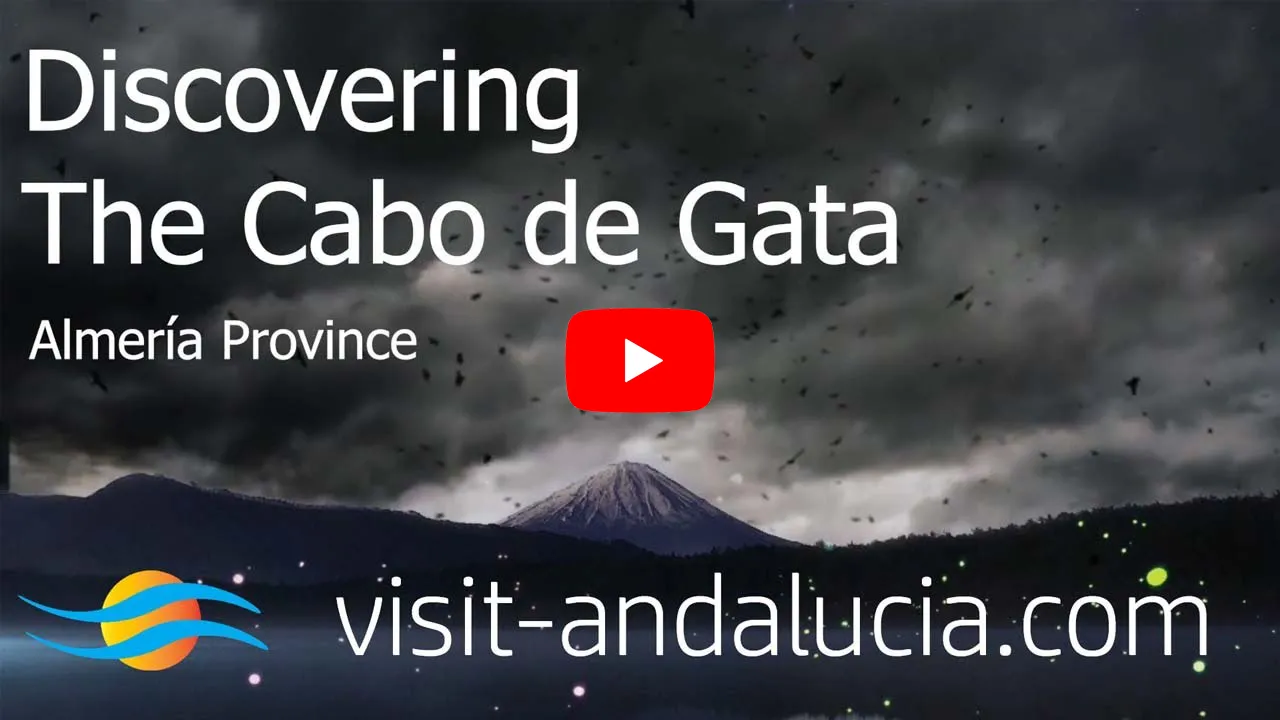
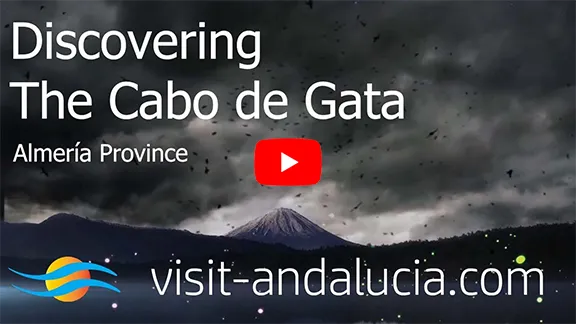
Video By: Julie Evans
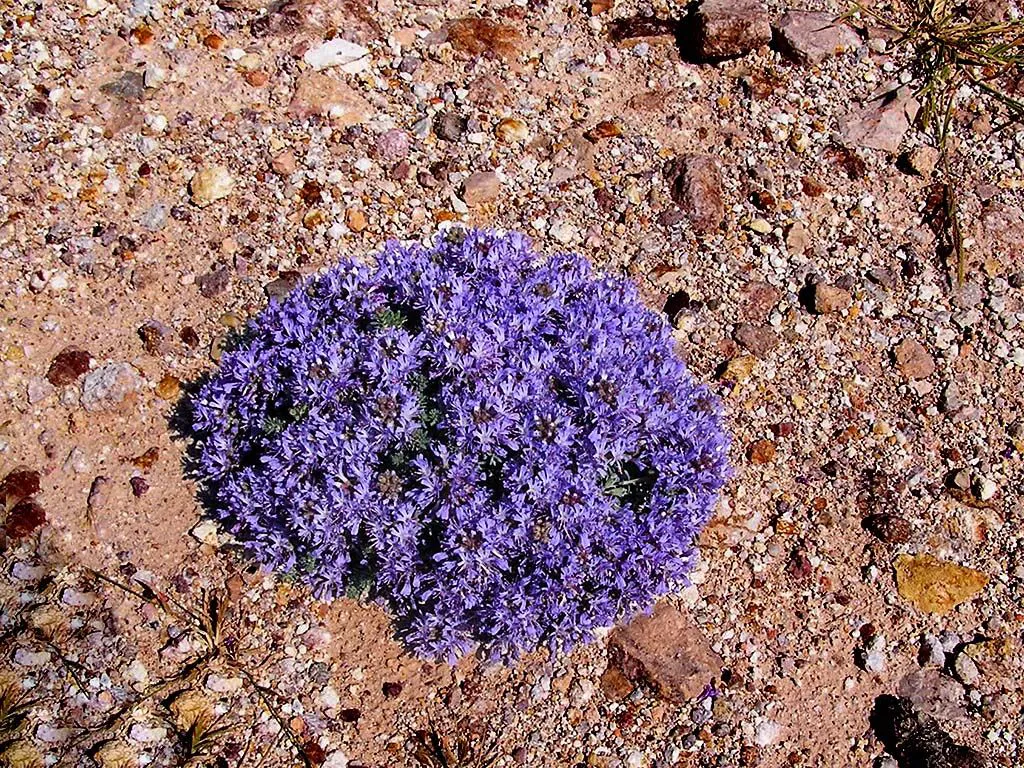
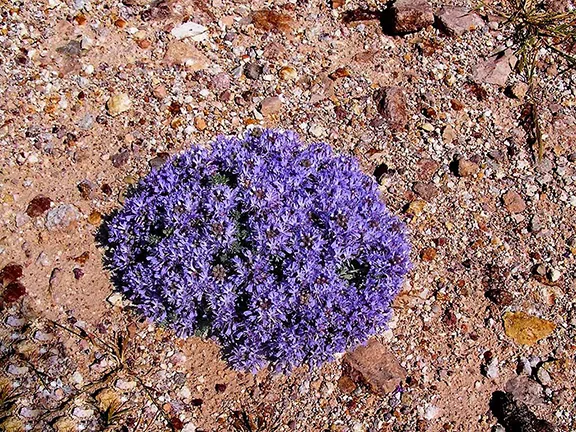
Arid conditions
Strictly speaking, the Cabo de Gata is not a desert, it is known as a semi-arid zone due to the consistently high humidity levels, over 75%, caused by cold air from the inland Sierra Nevadas flowing down off the mountains to meet the warm, water-saturated Mediterranean air. There is heavy dew on the majority of nights and it is this dew that keeps many of these succulent plants alive between rains that can be many years apart. The ramblas, being depressions, tend to receive more dew than the surrounding land, hence the more luxurious vegetation.
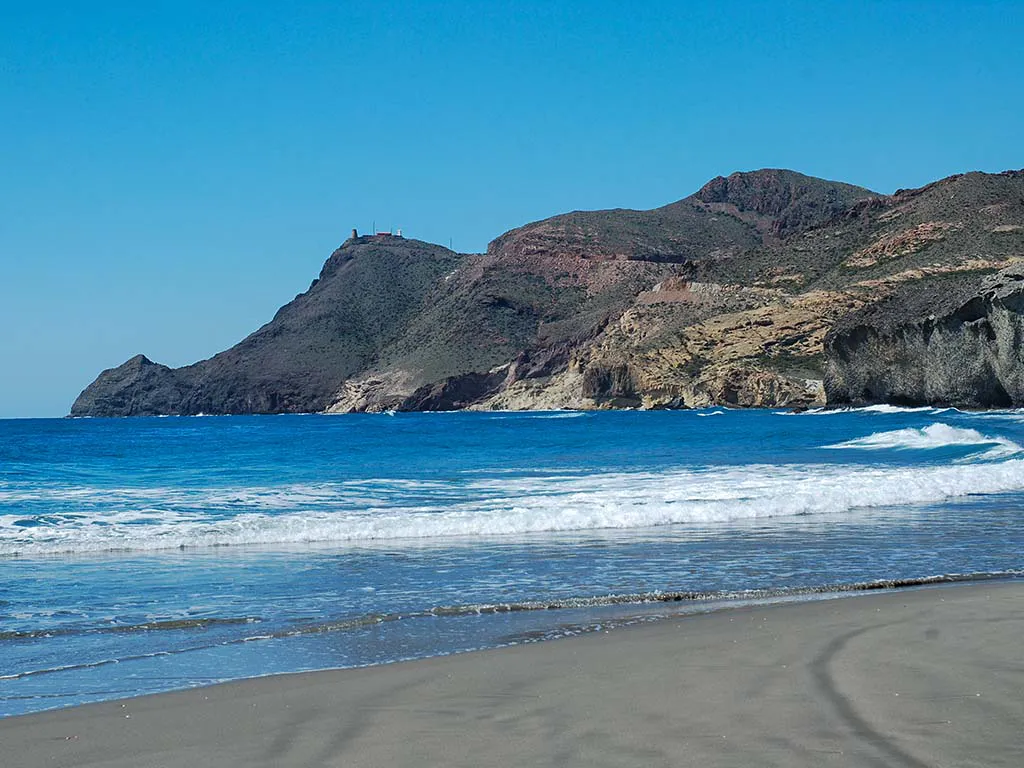
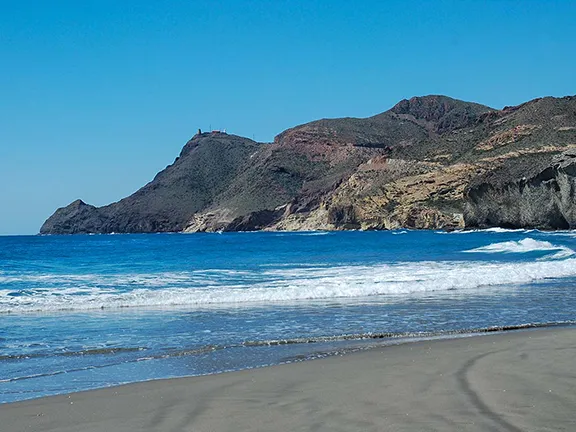
Volcanic landscape
On the coast the outlook is as wild. Where low sandstone cliffs emerge from the sea the wind and waves have created fantastical sculptures and white sandy beaches. Isolated bays between basaltic cliffs provide some privacy if you are prepared to walk a short distance. During the summer and autumn the water is as warm as a bath and as clear as crystal. Even in winter it is not unpleasant. If you do visit then remember your mask and snorkel, there is no better way to rid yourself of the dust of the interior. The whole coast and sea area is a protected marine reserve.
It is the vegetation that first strikes you as you enter this region. Aloe plants dot the landscape among scrubby plants that look desiccated now but after a shower turn green, flower and die back again in a matter of days. Wherever you look, on the plains, up the slopes, on the craggy hills, there is only a thin cover of spicky brown vegetation. Ramblas cut through a barren landscape. Making a living from the soil is difficult and the population is as thin on the ground as the foliage. The Moors realised the area could be fertile if irrigated and built windmills to draw the water from subterranean springs and norias, animal powered water lifting devices to perform the same task. The area round the Moorish style village of El Pozo de los Frailes has a number of examples of both.
The Cabo de Gata-Níjar was declared a Biosphere Reserve in 1997. It includes the Cape Gata-Níjar Nature Park, as well as some of its surroundings. The Cape Gata sierra is of volcanic origin and its relief is characterised by sharp points of rock, dykes, craters, cornices and domes. This geologic formation has resulted in one of the most stunning coastal sceneries on the Spanish Mediterranean coast. In the southern part of the Reserve, there are coastal salt marshes, a habitat of great importance for numerous migratory bird species. Numerous species arrive in the summer, such as flamingoes, wading birds, and seagulls. Thickets and herbaceous plants form the local flora, with many indigenous species among them. As for the sea bed, it is home to species like the large-scaled scorpion fish, the comber and the cardinal fish. As well as including the entire territory of the Nature Park and its surroundings, the Cape Gata-Níjar Biosphere Reserve was declared a Special Bird Protection Area (ZEPA) and is included in the Ramsar Agreement under the category of Wetlands of International Importance.
The Cabo de Gata-Níjar Natural Park joined UNESCO's Global Geoparks Network in 2006, and it is also a member of the European Geoparks Network.